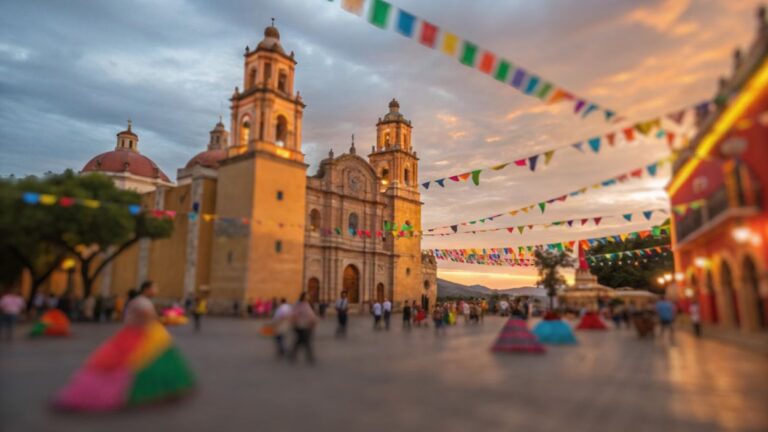Where is Laguna de Bay
Laguna de Bay is the largest lake in the Philippines, located on the island of Luzon. This freshwater lake is renowned for its ecological and economic importance, playing a vital role in the livelihood of the communities surrounding it.
Geographical Location
Laguna de Bay is situated between two provinces: Laguna to the south, Rizal to the east, and the National Capital Region to the north. Its unique location makes it a central feature in the Luzon region, offering both recreational and commercial opportunities.
Historical Significance
The history of Laguna de Bay is deeply intertwined with the history of its surrounding areas. Historically, the lake has been a significant settlement area for ancient Filipinos. It was a crucial site during the Spanish colonial period when the surrounding lands were developed into agricultural domains. The lake has witnessed numerous historical events, serving as a strategic location during various socio-political upheavals in Philippine history.
Ecological Importance
Ecologically, Laguna de Bay supports a diverse range of aquatic and terrestrial biodiversity. It is home to various fish species, which are a critical source of food and income for local fishermen. The lake also plays a crucial role in flood control during the rainy season, highlighting its environmental significance.
Frequently Asked Questions
1. Where exactly is Laguna de Bay located?
Laguna de Bay is located in the Philippines, specifically on the island of Luzon. It borders the provinces of Laguna, Rizal, and the National Capital Region.
2. What is the size of Laguna de Bay?
Laguna de Bay covers an area of approximately 911 square kilometers, making it the largest lake in the Philippines.
3. Why is Laguna de Bay important?
Laguna de Bay is crucial for its ecological, economic, and historical significance. It serves as a source of livelihood, supports biodiversity, and has historical importance for the local communities.
4. What are the main threats to Laguna de Bay?
Laguna de Bay faces threats from pollution, overfishing, and encroachment, which affect its ecological health and sustainability.
5. How can Laguna de Bay be protected?
Laguna de Bay can be protected through stringent environmental policies, sustainable fishing practices, pollution control measures, and active conservation efforts involving local communities.


